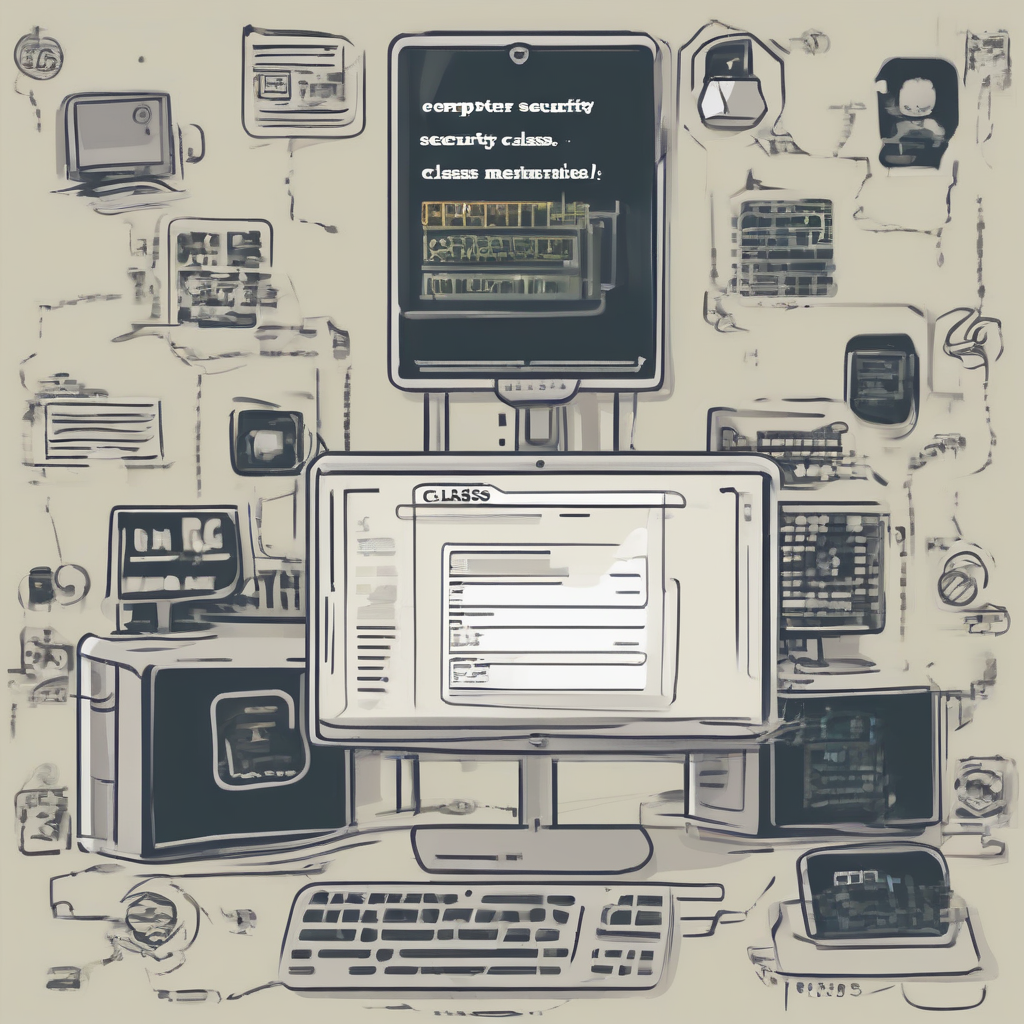Navigating the Digital Classroom: A Comprehensive Guide to K-12 Online Classes
The rise of online learning has revolutionized education, particularly at the K-12 level. Online classes offer flexibility, accessibility, and personalized learning experiences, but they also present unique challenges for both students and educators. This comprehensive guide explores the multifaceted landscape of K-12 online classes, examining their benefits, drawbacks, effective strategies for success, and the future of digital learning.
The Benefits of K-12 Online Classes
- Flexibility and Convenience: Online learning offers unmatched flexibility. Students can access classes anytime, anywhere with an internet connection, accommodating diverse schedules and learning styles. This is particularly beneficial for students with disabilities, those in rural areas with limited access to traditional schools, or those with extracurricular commitments.
- Personalized Learning: Online platforms often incorporate adaptive learning technologies that tailor the learning experience to individual student needs. This personalized approach can address learning gaps, accelerate progress for advanced learners, and provide targeted support for struggling students.
- Accessibility and Inclusivity: Online learning can break down geographical barriers and provide access to a wider range of educational resources and opportunities. Students with disabilities can benefit from assistive technologies integrated into online platforms, creating a more inclusive learning environment.
- Enhanced Engagement: Well-designed online classes can leverage interactive tools and multimedia resources to enhance engagement and make learning more stimulating. Games, simulations, and virtual field trips can bring subjects to life and cater to diverse learning preferences.
- Cost-Effectiveness: In some cases, online learning can be more cost-effective than traditional schooling, reducing expenses related to transportation, textbooks, and school supplies.
- Improved Time Management Skills: Successful online learning requires strong self-discipline and time management skills. Students learn to prioritize tasks, manage their time effectively, and take responsibility for their own learning.
Challenges of K-12 Online Classes
- Requires Self-Discipline and Motivation: Online learning demands a high degree of self-discipline and motivation. Students need to be proactive in their learning, manage their time effectively, and stay focused without the constant supervision of a classroom teacher.
- Technology Dependence and Digital Divide: Access to reliable internet and technology is crucial for online learning. The digital divide, where some students lack access to the necessary technology and internet connectivity, can create inequities in educational opportunities.
- Limited Social Interaction: Online learning can lack the social interaction and community that is a key part of the traditional classroom experience. Building relationships with peers and teachers can be more challenging in an online environment.
- Potential for Distractions: The home environment can be full of distractions, making it more difficult for students to concentrate on their studies. Managing distractions and creating a dedicated learning space are essential for online learning success.
- Teacher Training and Support: Effective online teaching requires specific skills and training. Teachers need to be proficient in using technology, designing engaging online lessons, and providing effective support to students in a virtual environment.
- Assessment and Evaluation Challenges: Ensuring academic integrity and accurately assessing student learning can be more challenging in online environments. Proctoring exams and preventing cheating require careful planning and implementation.
Strategies for Success in K-12 Online Classes
- Create a Dedicated Learning Space: Designate a quiet, organized space specifically for studying. Minimize distractions and ensure adequate lighting and comfortable seating.
- Develop a Consistent Schedule: Establish a daily or weekly schedule for online classes and assignments. Stick to the schedule as consistently as possible to maintain focus and avoid procrastination.
- Utilize Time Management Techniques: Employ effective time management strategies such as creating to-do lists, breaking down large tasks into smaller chunks, and using timers to stay on track.
- Communicate Regularly with Teachers and Peers: Actively participate in online discussions, ask questions when needed, and maintain open communication with teachers and classmates.
- Take Regular Breaks: Avoid burnout by taking regular breaks during study sessions. Step away from the screen, stretch, and engage in other activities to refresh your mind.
- Seek Support When Needed: Don’t hesitate to reach out for help when struggling with a concept or assignment. Utilize online resources, tutoring services, or contact your teacher for assistance.
- Stay Organized: Keep track of assignments, deadlines, and materials using a planner, calendar, or other organizational tools.
- Prioritize Self-Care: Ensure adequate sleep, nutrition, and physical activity to support your mental and physical well-being. A healthy lifestyle is essential for success in online learning.
The Role of Technology in K-12 Online Classes
Technology plays a crucial role in facilitating online learning. Effective online classes utilize a range of technologies, including:
- Learning Management Systems (LMS): Platforms like Canvas, Moodle, and Blackboard provide a centralized hub for course materials, assignments, communication, and grading.
- Video Conferencing Tools: Zoom, Google Meet, and Microsoft Teams enable real-time interaction between teachers and students, facilitating live classes and virtual office hours.
- Interactive Whiteboards: Tools like Miro and Google Jamboard allow for collaborative learning and brainstorming sessions.
- Educational Apps and Software: A variety of apps and software cater to specific subjects and learning styles, providing interactive exercises, simulations, and educational games.
- Assistive Technologies: Tools designed to support students with disabilities, such as text-to-speech software, screen readers, and closed captioning, enhance accessibility and inclusivity.
The Future of K-12 Online Classes
The future of K-12 online learning is likely to involve increasing sophistication in technology, personalized learning experiences, and greater integration with traditional classroom settings. We can expect to see:
- Increased Use of Artificial Intelligence (AI): AI-powered tools can personalize learning paths, provide targeted feedback, and automate administrative tasks, freeing up teachers to focus on student interaction.
- Expansion of Virtual and Augmented Reality (VR/AR): Immersive technologies like VR and AR can create engaging learning experiences, simulating real-world scenarios and providing access to otherwise inaccessible environments.
- Greater Emphasis on Personalized Learning Pathways: Adaptive learning platforms will continue to evolve, providing customized learning experiences tailored to individual student needs and pace.
- Hybrid Learning Models: The combination of online and in-person learning will become increasingly prevalent, offering a flexible approach that balances the benefits of both methods.
- Improved Teacher Training and Support: Investments in professional development for teachers will be crucial to ensure they have the skills and resources needed to effectively teach in online and hybrid environments.
- Addressing the Digital Divide: Efforts to bridge the digital divide will be essential to ensure equitable access to online learning opportunities for all students, regardless of their socioeconomic background or geographical location.
In conclusion, K-12 online classes represent a significant shift in the educational landscape. While challenges remain, the benefits of flexibility, accessibility, and personalized learning make online learning a valuable tool for enhancing educational opportunities. By understanding the benefits and drawbacks, employing effective strategies, and embracing technological advancements, we can harness the potential of online learning to create more engaging, equitable, and effective educational experiences for all students.




